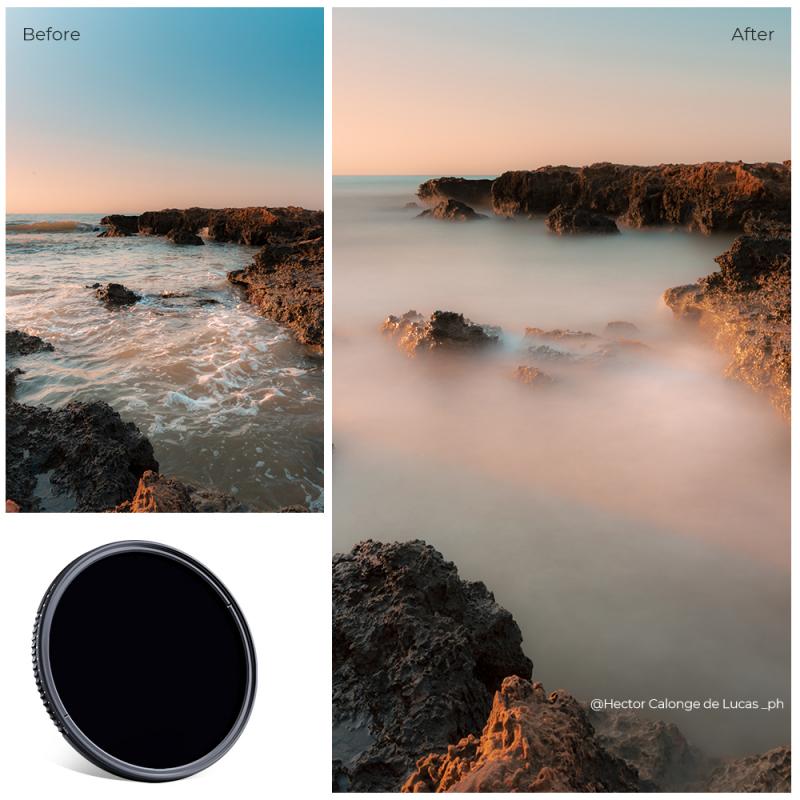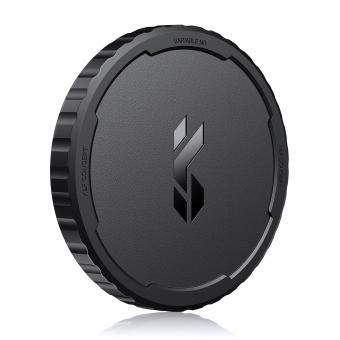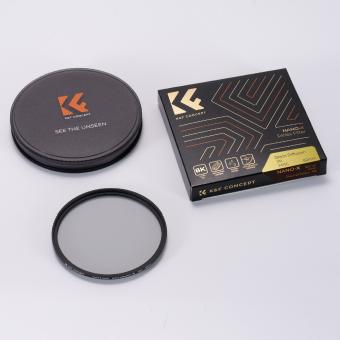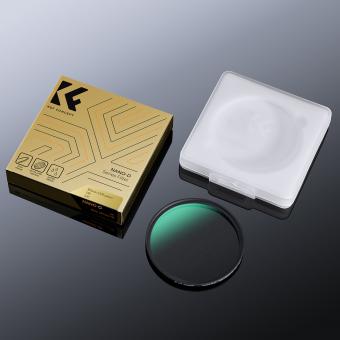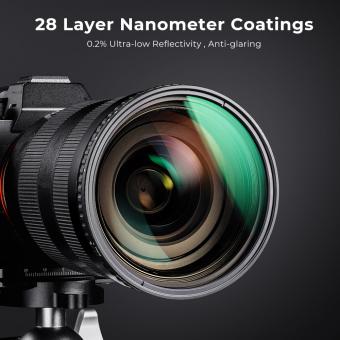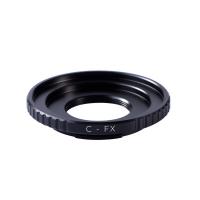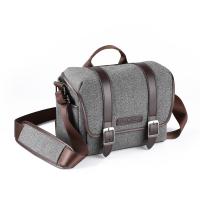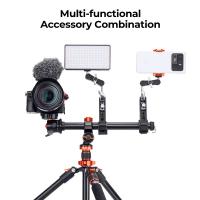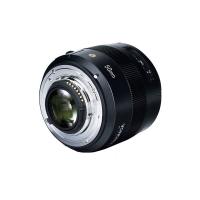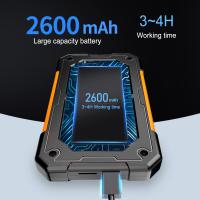What Are The Different Nd Filters ?
Neutral density (ND) filters are optical filters that reduce the amount of light entering the camera lens without affecting the color or hue of the image. They are commonly used in photography and videography to achieve various creative effects or overcome exposure challenges. There are different types of ND filters available, including:
1. Solid ND Filters: These filters have a consistent density throughout the entire filter, reducing the light uniformly across the image.
2. Graduated ND Filters: These filters have a gradient density, with one half being darker than the other. They are used to balance the exposure between a bright sky and a darker foreground in landscape photography.
3. Variable ND Filters: These filters offer adjustable density, allowing photographers to control the amount of light reduction by rotating the filter. They are versatile and convenient for quickly adapting to changing lighting conditions.
4. Reverse ND Filters: These filters have a darker portion in the center and gradually become lighter towards the edges. They are specifically designed for capturing sunrises or sunsets, where the brightest part is near the horizon.
5. Infrared ND Filters: These filters reduce both visible light and infrared light, allowing photographers to capture long-exposure images with infrared effects.
Each type of ND filter serves a specific purpose and provides photographers with creative control over exposure and light management.
1、 Neutral Density (ND) Filters: An Overview and Types
Neutral Density (ND) filters are essential tools for photographers and videographers, allowing them to control the amount of light entering the camera without affecting the color or contrast of the image. These filters are particularly useful in situations where there is too much light, such as bright outdoor scenes or when shooting long exposures.
There are several different types of ND filters available, each with its own characteristics and uses. The most common types include:
1. Solid ND Filters: These filters have a consistent density throughout the entire filter, reducing the amount of light that enters the camera by a specific number of stops. They are available in various strengths, such as 1-stop, 2-stop, 3-stop, and so on.
2. Graduated ND Filters: These filters have a gradient density, with one half being darker than the other. They are primarily used in landscape photography to balance the exposure between the bright sky and the darker foreground. Graduated ND filters come in different strengths and gradient types, such as hard-edge and soft-edge.
3. Variable ND Filters: These filters offer adjustable density, allowing photographers to vary the amount of light reduction by rotating the filter. They are convenient for situations where the lighting conditions change rapidly, providing flexibility without the need to carry multiple filters.
4. Reverse ND Filters: These filters have a darker band in the center, gradually becoming lighter towards the edges. They are specifically designed for capturing sunrises and sunsets, where the brightest part of the scene is near the horizon.
5. Infrared ND Filters: These filters are designed to block infrared light while reducing visible light. They are commonly used in infrared photography to achieve unique and surreal effects.
It is worth noting that with advancements in digital post-processing techniques, some photographers may opt to simulate the effects of ND filters in software. However, physical ND filters still offer advantages in terms of convenience, accuracy, and preserving image quality.
In conclusion, Neutral Density filters come in various types, each serving a specific purpose. Whether it's solid, graduated, variable, reverse, or infrared, photographers and videographers have a wide range of options to choose from to achieve their desired creative effects.
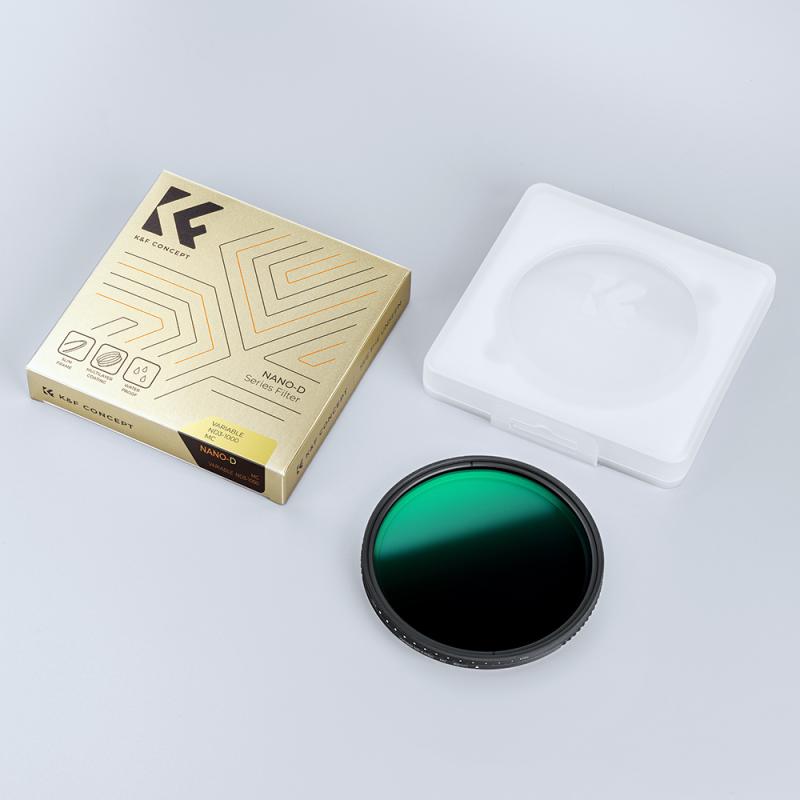
2、 Graduated ND Filters: Enhancing Exposure in Landscape Photography
Graduated ND filters are a popular tool used in landscape photography to enhance exposure and balance the brightness between the sky and the foreground. These filters are designed with a gradient that transitions from dark to clear, allowing photographers to darken the bright areas of an image, such as the sky, while maintaining proper exposure in the rest of the scene.
There are several different types of graduated ND filters available, each with its own characteristics and uses. The most common types include:
1. Hard-edge Graduated ND Filters: These filters have a sharp transition between the dark and clear areas, making them ideal for scenes with a distinct horizon line, such as seascapes or cityscapes.
2. Soft-edge Graduated ND Filters: These filters have a more gradual transition, making them suitable for scenes with less defined horizon lines, such as mountain ranges or forests. They provide a smoother blending effect between the dark and clear areas.
3. Reverse Graduated ND Filters: These filters have a dark band in the center that gradually becomes clear towards the top and bottom. They are specifically designed for situations where the brightest part of the scene is near the horizon, such as during sunrise or sunset.
4. Variable Graduated ND Filters: These filters allow photographers to adjust the intensity of the darkening effect by rotating the filter. They offer more flexibility in controlling the exposure and are particularly useful in situations where the brightness varies across the scene.
It is important to note that the latest point of view on graduated ND filters is that while they are still widely used, advancements in post-processing techniques have made it possible to achieve similar effects in software. However, many photographers still prefer using filters during the capture process to achieve the desired results in-camera, reducing the need for extensive post-processing. Ultimately, the choice between using filters or relying on software is a matter of personal preference and the specific requirements of the scene.
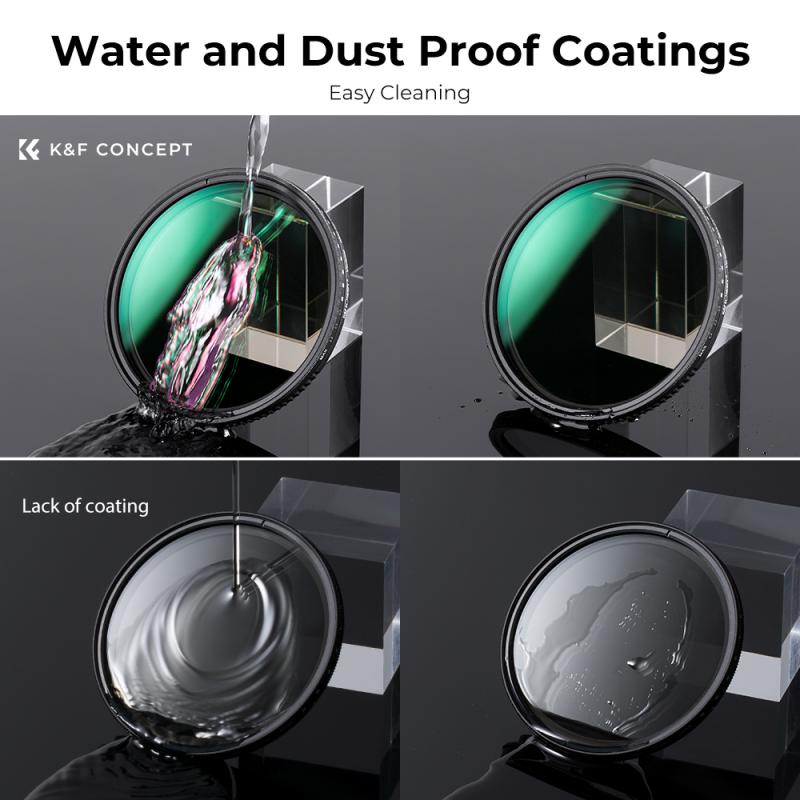
3、 Variable ND Filters: Adjustable Light Control for Versatile Shooting
Variable ND filters are a type of neutral density filter that offer adjustable light control for versatile shooting. These filters are designed to reduce the amount of light entering the camera lens without affecting the color or quality of the image. They are particularly useful in situations where you need to control the exposure in changing lighting conditions, such as when shooting landscapes or long exposures.
One of the main advantages of variable ND filters is their versatility. Unlike fixed ND filters, which have a set density, variable ND filters allow you to adjust the amount of light reduction by rotating the filter. This flexibility makes them ideal for photographers who need to quickly adapt to different lighting conditions without changing filters.
Another advantage of variable ND filters is their convenience. Instead of carrying multiple filters with different densities, photographers can simply use one variable ND filter to achieve the desired exposure. This not only saves space in the camera bag but also reduces the time spent swapping filters.
Variable ND filters also offer a wide range of light reduction, typically ranging from 1 to 10 stops. This allows photographers to have precise control over the exposure, whether they want to capture motion blur in bright daylight or create a shallow depth of field in low light conditions.
However, it is important to note that variable ND filters may introduce some drawbacks. One common issue is the potential for color cast or vignetting, especially when using extreme light reduction settings. Some filters may also exhibit a loss of sharpness or image quality, particularly at the highest density settings. Therefore, it is crucial to invest in high-quality variable ND filters from reputable brands to minimize these issues.
In conclusion, variable ND filters provide adjustable light control for versatile shooting. They offer convenience, flexibility, and precise exposure control, making them a valuable tool for photographers. However, it is important to choose high-quality filters to ensure optimal image quality and minimize potential drawbacks.

4、 Hard-Edge ND Filters: Precise Light Reduction for Specific Scenes
Hard-edge ND filters are a type of neutral density filter that provide precise light reduction for specific scenes. These filters have a distinct characteristic where the transition between the darkened and clear areas is sharp and well-defined. This makes them particularly useful in situations where there is a clear separation between the bright and dark areas of the frame.
The main purpose of hard-edge ND filters is to balance the exposure in high-contrast scenes. For example, when photographing a landscape with a bright sky and a darker foreground, a hard-edge ND filter can be used to darken the sky without affecting the exposure of the foreground. This helps to retain detail in both the highlights and shadows of the image.
There are different strengths of hard-edge ND filters available, typically ranging from 1-stop to 4-stops of light reduction. The choice of filter strength depends on the specific scene and the desired effect. For instance, a 1-stop filter may be sufficient for a scene with a moderate contrast, while a 4-stop filter may be necessary for a scene with a very bright sky.
In recent years, advancements in filter technology have led to the development of more specialized hard-edge ND filters. Some filters now feature anti-reflective coatings to minimize flare and ghosting, while others are made from high-quality optical glass for improved image quality. Additionally, some filters are now available with a graduated effect, where the transition between the darkened and clear areas is more gradual, allowing for more flexibility in composition.
Overall, hard-edge ND filters are a valuable tool for photographers looking to balance exposure in high-contrast scenes. With advancements in technology, these filters continue to evolve, providing photographers with even more options and improved image quality.
